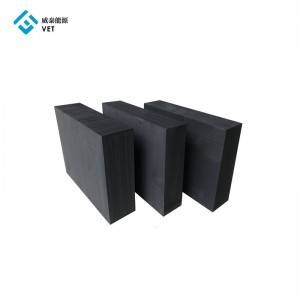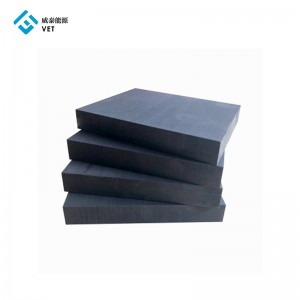High quality fine-grained isostatic graphite block manufacturer

Isostatic graphite is a new type of graphite material. It is a fine material in graphite materials. Due to its series of excellent properties, it is bound to be closely related to high-tech and national defense technology and become one of the most valuable new materials in the 21st century. In order to comply with the development trend of various industries such as photovoltaic industry, machinery manufacturing, nuclear energy utilization, and better serve economic development, isostatic graphite is developed in the direction of large size, fine structure (superfine structure), high strength, high purity and multi-function.
The isostatic pressing technology is an advanced technology of ultra-high pressure hydraulic pressure which is formed by using the products in a closed high-pressure vessel under uniform ultra-high pressure conditions.
Advantage
1. The isostatically pressed product has a high density.
2. The density of the compact is uniform. In the press molding, whether it is one-way or two-way pressing, uneven density distribution of the green compact occurs. Since the isostatic pressing has a uniform density, the length to diameter ratio can be made without limitation, and it is advantageous for producing a rod-shaped, tubular, thin and long product.
3. Isostatically pressed products have excellent performance, short production cycle and wide application range.
Application
1. Graphite for solar cells and semiconductor wafers: In the solar energy and semiconductor industries, a large number of isostatically pressed graphites are used to produce graphite furnace parts for single crystal straight pull furnaces, heaters for polycrystalline silicon melting furnaces, heaters for compound semiconductor manufacturing, and crucibles. And other components.2. Nuclear graphite
3. Electrode graphite: Graphite has no melting point, is a good conductor of electricity, and has good thermal shock resistance. It is an excellent EDM electrode material.
4. Continuous casting of crystallizer graphite and mold graphite: isostatic graphite has smooth surface, continuous quality and long service life due to its fine particle structure, high mechanical strength and uniform heat conduction. The best material for the crystallizer. Moreover, for large materials, the thickness of the mold wall should be as thin as possible, and fine-structure isotropic graphite with high strength must be used.
5. Other uses: Isostatic graphite has low friction coefficient and good thermal conductivity. It is often used as sliding friction material for bearings, mechanical seals and piston rings. It is also used to make diamond tools, thermal field components (heaters, insulation tubes, etc.) for fiber drawing machines, thermal field components (heaters, load boxes, etc.) for vacuum heat treatment furnaces, and precision graphite exchangers.
which a certain amount of molding material is placed in a metal mold to cure the molded product under a certain temperature and pressure.
| Grade | Bulk Density | Electrical Resisitivity | Hardness | Flexural Strength | Copressive Strength | Porosity | Ash Content | Ash Content(Purified) | Average Grain Size |
| g/cm3 | μΩm | HSD | Mpa | Mpa | Vol.% | PPM | PPM | μm | |
| chinvet-6k | 1.81 | 11-14 | 58 | 45 | 90 | 12 | 1000 | 50 | 12 |
| chinvet-6ks | 1.86 | 10-13 | 65 | 48 | 100 | 11 | 1000 | 50 | 12 |
| chinvet-7k | 1.83 | 11-14 | 67 | 50 | 110 | 12 | 1000 | 50 | 8 |
| chinvet-8k | 1.86 | 10-14 | 72 | 55 | 120 | 12 | 1000 | 50 | 6 |
| chinvet-6w | 1.90 | 8-9 | 53 | 55 | 95 | 11 | / | 50 | 12 |
| chinvet-7w | 1.85 | 11-13 | 65 | 51 | 115 | 12 | / | 50 | 10 |
| chinvet-8w | 1.91 | 11-13 | 70 | 60 | 135 | 11 | / | 50 | 10 |


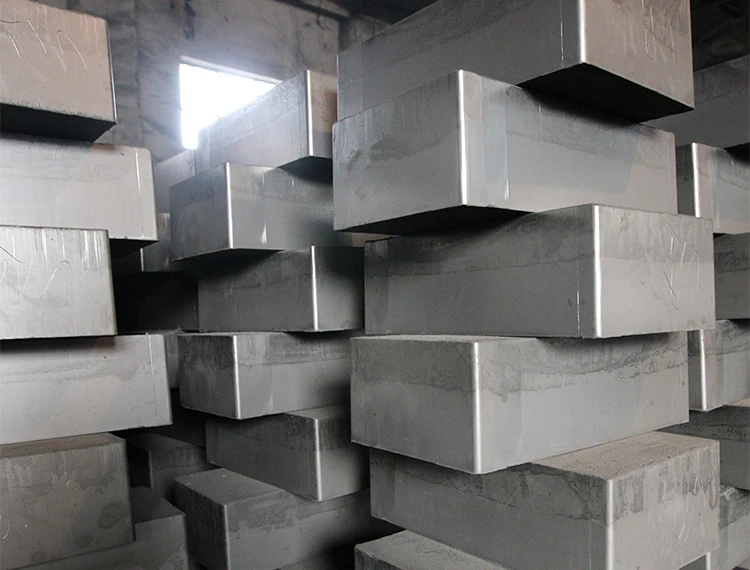
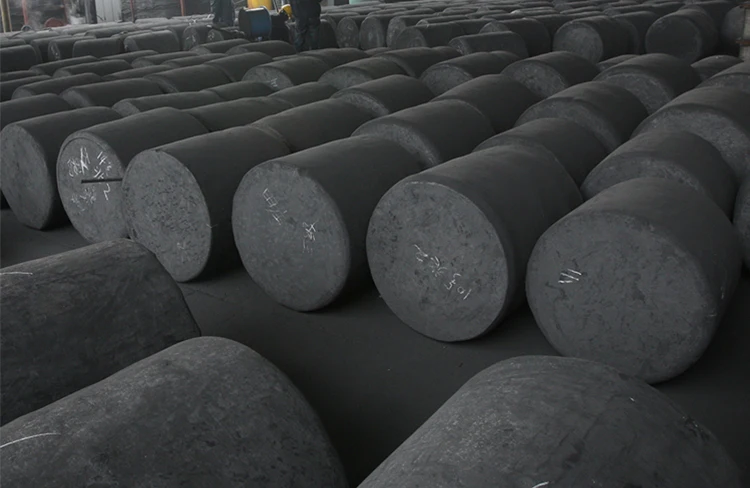









Q1:What are your prices?
Our prices are subject to change on supply and other market factors. We will send you an updated price list after your company contact us for further information.
Q2:Do you have a minimum order quantity?
Yes, we require all international orders to have an ongoing minimum order quantity.
Q3:Can you supply the relevant documentation?
Yes, we can provide most documentation including Certificates of Analysis / Conformance; Insurance; Origin, and other export documents where required.
Q4:What is the average lead time?
For samples, the lead time is about 7 days. For mass production, the lead time is 15-25 days after receiving the deposit payment. The lead times become effective when we have received your deposit, and we have your final approval for your products. In all cases we will try to accommodate your needs. In most cases we are able to do so.
Q5:What kinds of payment methods do you accept?
You can make the payment to our bank account, Western Union or PayPal:
30% deposit in advance, 70% balance before shipment or against the copy of B/L.
Q6:What is the product warranty?
We warranty our materials and workmanship. Our commitment is to your satisfaction with our products. In warranty or not, it is the culture of our company to address and resolve all customer issues to everyone’s satisfaction
Q7:Do you guarantee safe and secure delivery of products?
Yes, we always use high quality export packaging. We also use specialized hazard packing for dangerous goods and validated cold storage shippers for temperature sensitive items. Specialist packaging and non-standard packing requirements may incur an additional charge.
Q8:How about the shipping fees?
The shipping cost depends on the way you choose to get the goods. Express is normally the most quickest but also most expensive way. By seafreight is the best solution for big amounts. Exactly freight rates we can only give you if we know the details of amount, weight and way. Please contact us for further information.
-
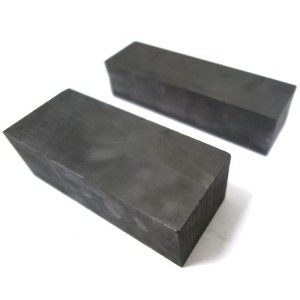
Best bulk price carbon graphite block used for ...
-

High temperature and high purity isostatic pres...
-
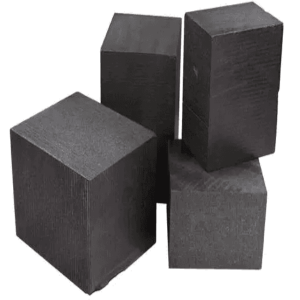
isostatic graphite and special Graphite block u...
-

Supply various specifications of isostatic pres...
-
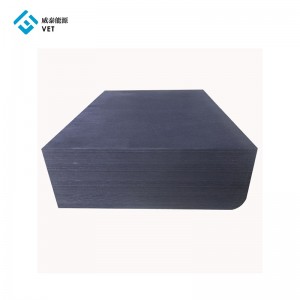
Carbon block price , metal contented for heat t...
-
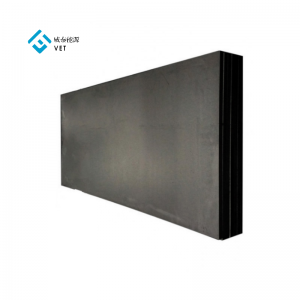
Graphite sheet Graphite sheet Graphite block se...


